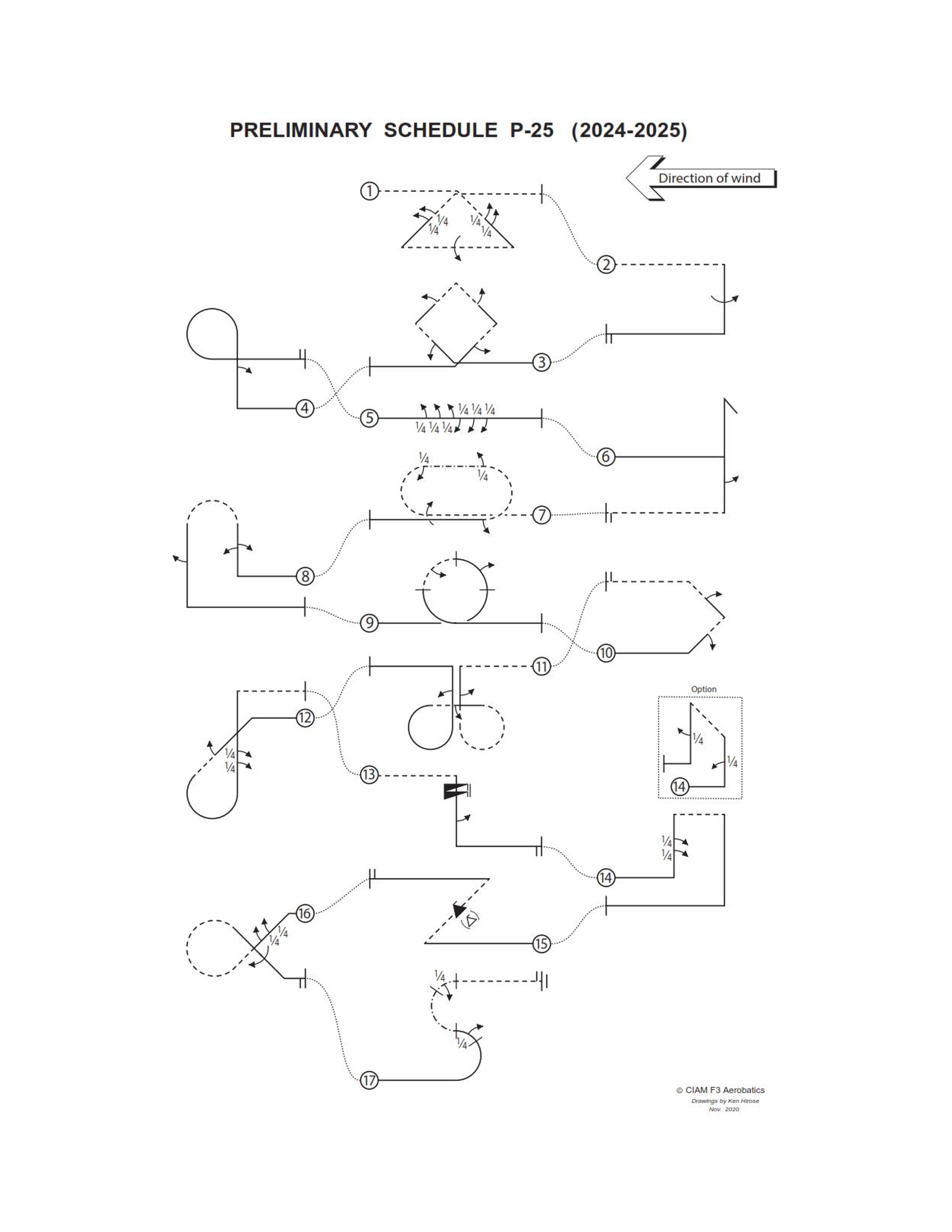Basic rules:
F3A is the aerobatic competition class in radio controlled aero modelling.
The models used are especially designed for this appliance. Available e.g. from Oxai, SebArt ZN-Line or others. The plane has to be conform with the following standards:
- Maximum Weight: 5 kg
- Maximum Length: 2 m
- Maximum Wingspan: 2 m
More Details are available at the FAI Homepage.
In 2011 most competitors used an electric engine with a 10S accu setup with e.g. TopFuel or Kokam cells. That means 10 Lipo Cells serial connected.
Established manufacturer of F3A electric engines are: Hacker, Neu Motors, Plettenberg or Axi. Popular controllers are e.g. ZVG, Jeti, Kontronik or Castle Creation.
A technical innovation that increases under the competitors in the last year is the so called contra-drive. The contra-drive is a system of two propellers coupled with via a Differential Gear, available form either Brenner Sharp or Sebart. One propeller turns left and the other right. That shows advantage in the performance of the plane. The Resulting Torque is zero and it is much more easy flying constant speed. Later more on that thematic.
These was some little information about the used technology, but since everything necessary is available on the market, most important is flying. Usually two programs are flown in International Competitions, the Preliminary Program called “P” and the Final Program called “F”. These are changing every 2 years, from 2012 on P13 and F13 are valid. Both programs consist of 17 Figures, in which Take Off and Landing are not rated.
For every figure a scores between 0 and 10 are awarded, usually by 3-5 up to 10 judges.
Important:
- The programs have to be flown in a sector. The dimension of the Sector is shown in Figure 1. P marks the position of the pilot.

Figure 1: The Box
- Very important is flying with constant speed. That means in every section of the program the velocity of the plane should be the same independently of flying down or up.
- The first figure of the program is always flown in the middle of the box at point A in figure 1. The second figure depending on the direction of the start at point B or C in figure 1. And the third one again at point A and so on.
- Of course it is allowed to fly the program smaller than the box, but the judges want to see that the whole space of the box is used.
In figure 2 and 3 the program P-25 and F-25 are shown in so called arresti-symbols. For an F3A beginner this is hard to understand, so I’m trying to get a really good power point presentation wherein the programs are explained very well.
Figure 2: P-25

Figure 3: F-25